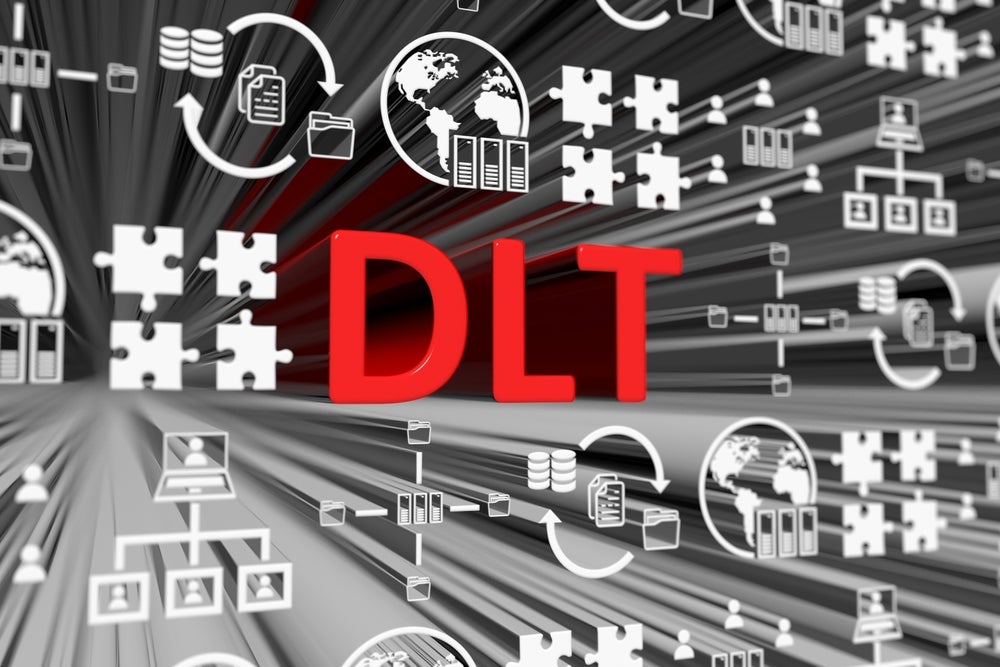There continues to be longstanding speculation in the market about when a next big round of consolidation in the banking sector might occur. Will it be 2023? That seems unlikely, particularly “mergers of equals”, for a variety of reasons. However, in a rising interest rate environment there remain grounds to expect an active year for many banking groups on the M&A front. Below are five key themes that might drive that activity.
Continued focus on realigning to core business structures
Banks will continue to look at carve out activity for high cost, low margin businesses in jurisdictions where their group is not close enough to the leading competitive set of banks in a given business or product line. The structure of any such carve outs, however, will be informed by local regulatory restrictions, tax and employment laws. Deals focused on particular business or product lines are likely to tend more towards conversion target pricing than locked box or completion valuations.
Secondary sellers from previous cycle of banking exits
Many larger banking groups implemented a number of country exits in the years following the global financial crisis. Some of those buyers (outside of the local bank buyers that took advantage) are now looking to realise a gain on their, potentially relatively low, investment cost from the original deal.
A number of the original sales, particularly to smaller consortium investors or involving a significant retail element, faced extended regulatory approval processes with local banking regulators. It will be interesting to see how those same banking regulators approach business plans from a new acquirer community, and whether discretionary capital add-ons are deployed as a regulatory tool that could negatively impact realisation value or even execution certainty.
Private banking and wealth management
Notwithstanding the difficulties that a number of wealth management providers encountered in 2022, those same market conditions may convince once reluctant sellers to give way to larger bank players that can absorb the ever-increasing compliance costs and that will leverage their existing technology platforms to facilitate the digitalisation agenda that many existing smaller private bank players have been unable to bring to fruition with their current set up.
That said, market conditions may not be sufficient to fully address the value expectation gap that has plagued a number of deals in this sector over the years, particularly when combined with the enhanced due diligence that has become a feature of this part of the industry for bank buyers.
How well do you really know your competitors?
Access the most comprehensive Company Profiles on the market, powered by GlobalData. Save hours of research. Gain competitive edge.

Thank you!
Your download email will arrive shortly
Not ready to buy yet? Download a free sample
We are confident about the unique quality of our Company Profiles. However, we want you to make the most beneficial decision for your business, so we offer a free sample that you can download by submitting the below form
By GlobalDataAcquisitions in the pursuit of digitalisation
Digitalisation across the banking sector continues apace. Whilst many banks have in-house initiatives and business units dedicated to this area, we expect opportunities for inorganic growth through acquisitions that are accretive to banks’ digital offerings and their broad digitalisation strategies (whether that be business-to-consumer or business-to-business targets) will remain on the table throughout 2023.
A constrained financing and funding landscape across fintech following a turbulent 2022, coupled with weakness in sterling relative to the US dollar is likely to depress valuations across the sector, potentially presenting additional value for banks seeking transformative opportunities at a discount.
Strategic investments playing offence and defence
In the past few years, banks have been making significant numbers of strategic direct investments across the financial services and technology landscapes. These investments are characterised by various factors, including alignment with high growth prospects and/or targets that may support bank service offerings, access to talent, insight on market developments and the possibility for further investment as the targets scale.
These stables of direct investments represent both an offensive and a defensive play, ensuring that banks have access to opportunities, talent, technology and insights to enhance their own service offerings and to protect against the challenge provided by their core competitors, as well as challengers and mobile-only providers.
We expect the drivers of this activity to remain relevant as we move through 2023, with banks continuing to enhance their stable of direct investments.
Alan Bainbridge and Albert Weatherill are partners in the multinational legal firm Norton Rose Fulbright. This article forms part of the firm’s annual global M&A Outlook in which the firm highlights key trends across major industry sectors and examine the forces shaping deal activity







